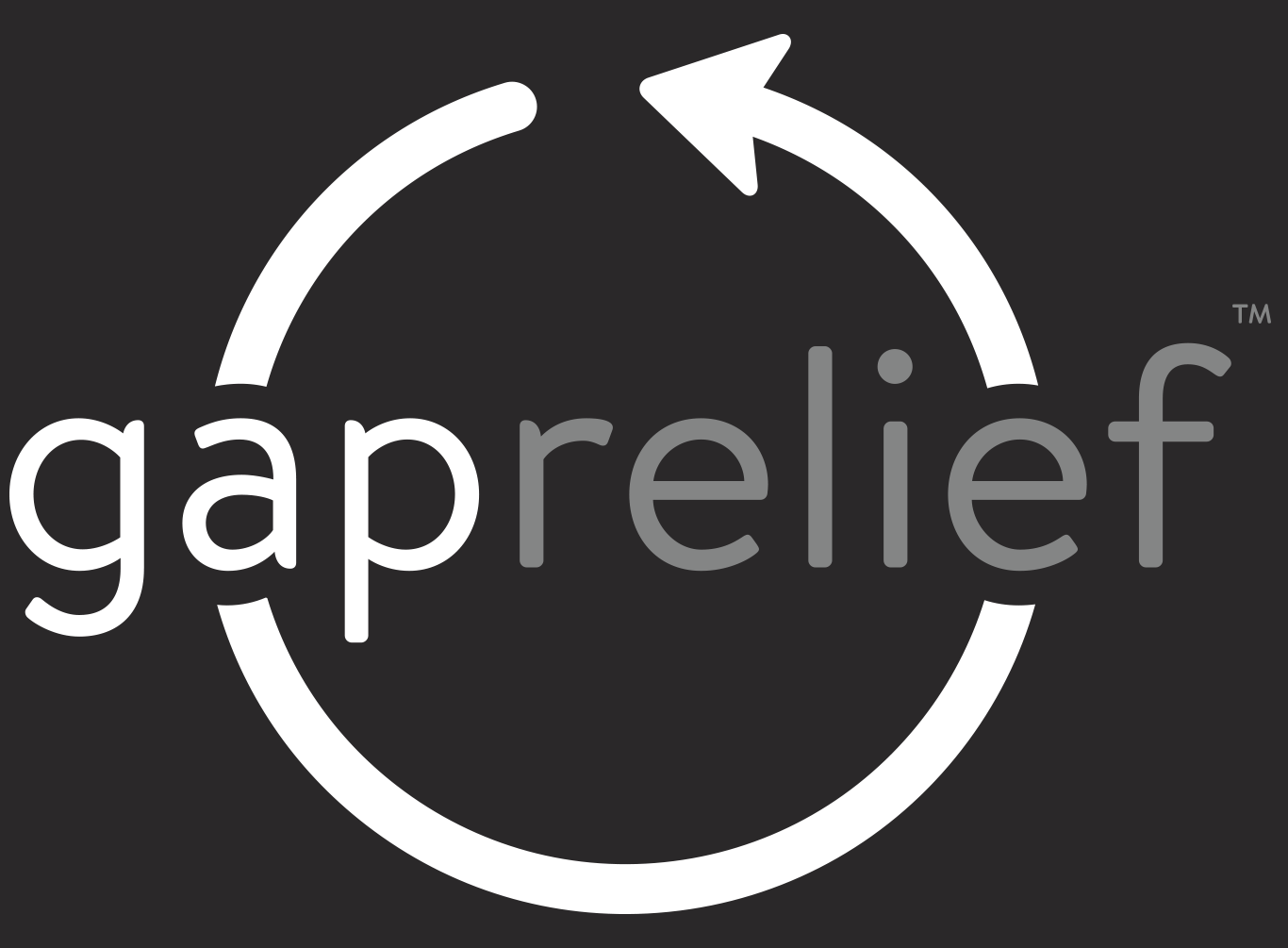All Behavior Is Communication
All behavior is a form of communication. Sometimes when we are looking at kids (or adults as well–although today we’ll focus on kids) there are things we can see with our eyes that tell us a story about how that child is feeling or what they are experiencing, but that is often only part of the story.
Megan Taylor, Licensed Therapist and Co-Founder, Co-Director of Gap Relief, sat down with us in the video above to share how our Gap Relief team works with kids and grownups alike on how to be curious with what a child’s behavior is trying to tell us.
First–who might often be in a position to witness a child’s behavior or be impacted by such behavior? Who might benefit from new lenses with which to see the kids in their care so that they are better able to understand what these children need?
Obviously, parents fall into this category. However, anyone working with children and ESPECIALLY kids from hard places or who have been exposed to trauma can benefit from greater understanding here as well! Gap Relief has the unique opportunity to work with many teachers–who are constantly tasked with interpreting kids’ unique needs and addressing them in order to do their job with excellence. We also see foster parents, healthcare workers, first responders, and other helpers needing to learn the language of children in order to care for and protect our next generation.
When engaging a child who is dysregulated, frustrated, or has withdrawn out of self-protection, our first instinct is often to help the child get back on task or return to center. However, at Gap Relief we often encourage these helpers to practice being curious with what they are experiencing by asking themselves “What is this behavior trying to tell me that might be different than what my eyes are seeing right now?”
Maybe the child who is refusing to get up and go to PE with her class had to stay in a place that wasn’t her home last night and is extra tired or is wearing someone else’s shoes. (This just might an actual scenario we’ve run across…)
Maybe a child started throwing a tantrum because he smelled someone’s cologne and it was the same brand as an abusive caregiver’s (again, this may be a true scenario we’ve experienced as well…)
Maybe the child displaying extra aggression on the playground is struggling with some anxiety from experiences at home. (I’m sure you’re tracking with us by now 😉).
When we start reframing the way we process and respond to a child’s behavior, we begin to see that the behaviors that tend to be oversimplified, brushed aside, and shut down actually make complete sense. When we lean in with curiosity and pull in all of the possible information, letting those factors matter to us, we can respond more accurately to the situation and get to the root problem or injury to meet the truest need.
If you find yourself in a position to be engaging other humans and their behavior, but more specifically kids, here are some practical ways to begin to notice what their behavior may be trying to communicate:
Notice yourself. How are you entering the space? Is your nervous system regulated? Are you grounded? What is the situation in front of you doing to you?
Stay curious. Try to maintain an open-minded posture with the person in front of you. Saying something like “Hey, I’m noticing that you’re really angry. Can you tell me about that?” allows the person to feel seen for where they are currently and also invites them to slow down and explain how they got to that state.
Help them be aware of the connections between their physical and mental needs. They may be hyper-focused on their emotions, but a gentle reminder to pay attention to how their body may be hungry, tired, have a headache, and so on can help immensely in de-escalating the current situation and bringing healing in the future. Teaching kids to do a quick body-scan even while they are calm is an important tool in their toolbox (and ours!) as they learn to better regulate through these bumpy moments.
What we find is that the more we’re connected to ourselves, the more curious we are! And the more curious we are, the more we foster experiences of connection with kids in their own bodies. And from that place–something new can happen.
Have a heart for the next generation and want more info on how to jump in with Gap Relief’s Primary next generation initiatives– our TIERS (Trauma Informed Educators Reaching Students) program? Click below to learn more!

